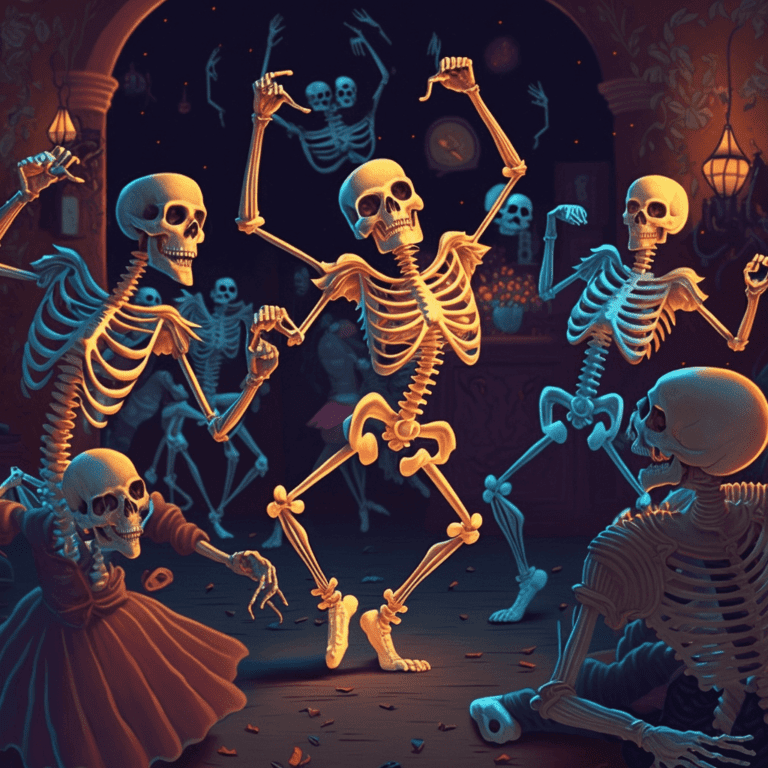Pitch
When we listen to music, we often notice that some sounds are higher or lower than others. This quality of sound is what musicians refer to as “pitch.” Pitch is an essential element of music that gives each note its unique character and allows us to recognize different melodies and tunes.
Imagine a staircase with steps going up and down. In music, we can think of pitch in a similar way. It’s like a musical staircase, where the steps going up represent higher pitches, and the steps going down represent lower pitches. Just like walking up or down the stairs, the higher we go on the musical pitch scale, the more “elevated” or “brighter” the sound becomes. Conversely, as we go down the musical pitch scale, the sound becomes “lower” or “deeper.”
Musicians use a system called “musical notation” to represent pitch. Notes on the musical staff (the set of five lines and four spaces) indicate the specific pitches that musicians should play or sing. Each note on the staff corresponds to a particular sound frequency, which determines its pitch.
The pitch of a note is closely related to its frequency. When an object vibrates (such as a guitar string or a vocal cord), it produces sound waves. These sound waves have a specific number of vibrations per second, which is measured in Hertz (Hz). Higher pitches have more vibrations per second, while lower pitches have fewer vibrations.
For example, the note A above middle C on a piano typically vibrates at around 440 Hz, while the note C below that vibrates at about 262 Hz. This means the A note has a higher pitch than the C note because it has more vibrations per second.
In music, we often encounter different pitch ranges. The range of a piece or a musical instrument refers to the span between the lowest and highest pitches it can produce. Some instruments, like a flute, have a wide pitch range and can play both high and low notes. Others, like a bass guitar, have a narrower pitch range and produce lower notes.
Pitch plays a crucial role in creating melodies and harmonies in music. Melodies are sequences of notes played one after the other, forming musical phrases. The specific pattern of pitches in a melody is what makes it memorable and recognizable. Harmonies, on the other hand, are combinations of different pitches played simultaneously, creating chords that support and enrich the melody.

So what’s this site all about anyway?
Well, if you ever find yourself needing music for anything – a YouTube video, a podcast, a school project, a presentation, TV commercial or even a film – then browse, preview and download any of our tracks





